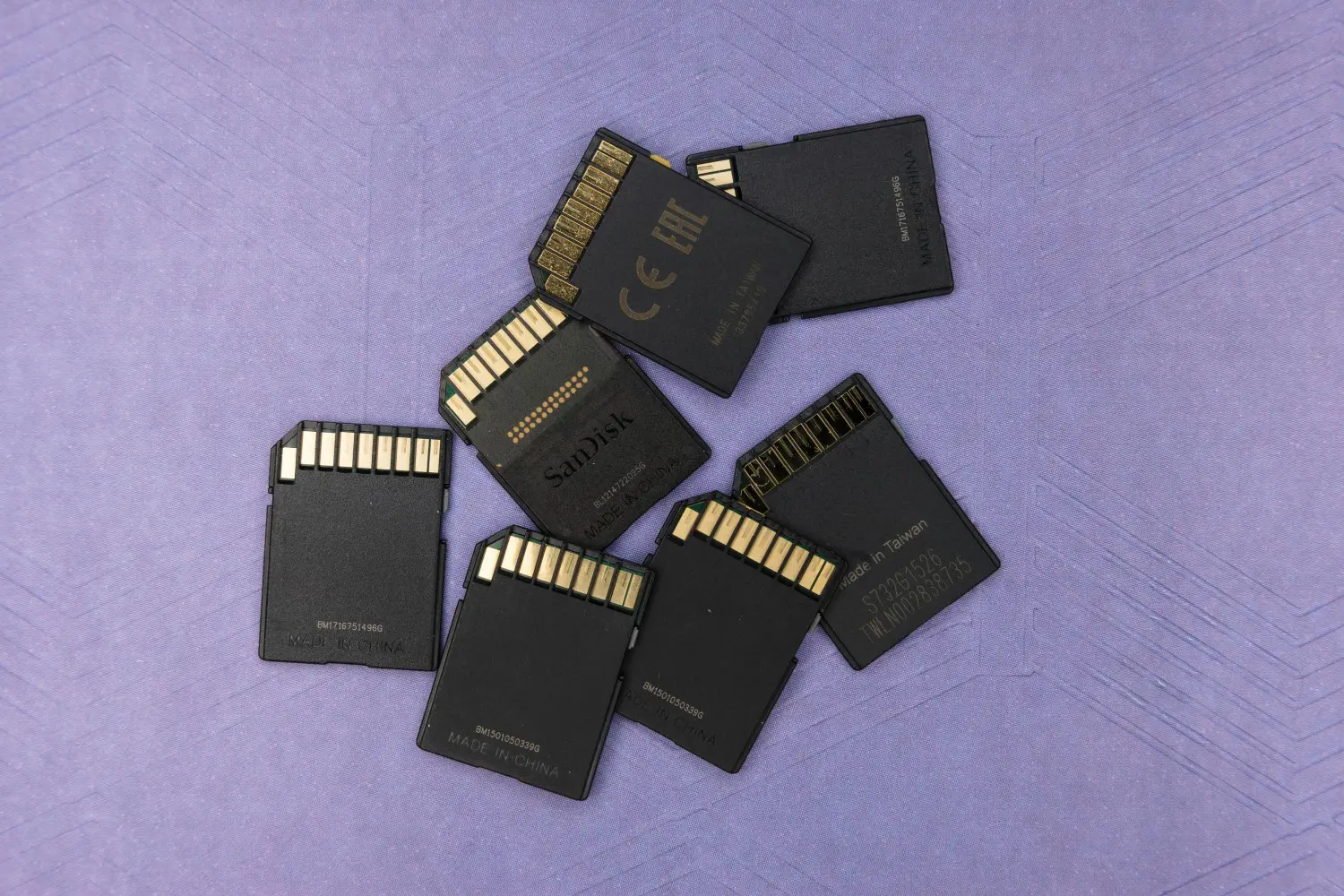They’re both leading products in the cyber security space, but when it comes to Microsoft Defender vs SentinelOne which one comes out on top? With so many businesses relying on digital security, it’s important to understand the differences between the solutions and make an informed decision. In this article we’ll focus on how both solutions compare when it comes to overall performance. Let’s get started with a quick overview of each solution.
About SentinelOne
SentinelOne is a cloud-based security endpoint solution that provides a secure environment for businesses to operate. It does this by using machine learning, behavioural analytics and advanced technologies to monitor, detect and block cyberthreats on endpoints such as laptops, mobiles and tablets. This solution automatically detects and responds to any suspicious activity in real-time and is great for organisations looking for a proactive way to manage their networks and data.
About Microsoft Defender
Like SentinelOne, Microsoft Defender is also an endpoint security solution that has a set of features to protect buinesses from cyber-attacks. Some features include anti-virus, device control as well as anti-spyware. Ultimately, it’s a security app that helps people and families stay safer online with malware protection, web protection, real-time security notifications and security tips.
Sentinel One vs Microsoft Defender – Feature comparison
Both solutions provide an extensive range of features to provide protection against all types of cyber threats. However, where SentinelOne edges forward is with its AI capabilities as well as automated threat response which is a great feature for any business to have in its toolkit. It also provides a single console for managing several devices and endpoints, which is something Microsoft Defender does not offer. The addition of these features makes SentinelOne a complete package when it comes to security.
Sentinel One vs Microsoft Defender – Pricing
SentinelOne’s pricing model is built on a per-device, per-year basis. This means that the cost largely depends on the number of devices you want to protect and the duration you want the protection for.
The per-device, per-year pricing model allows businesses to predict their annual cybersecurity costs. You can scale up or down based on your needs and budget, which is useful if your business experiences seasonal fluctuations or is rapidly growing. You can see a breakdown of SentinelOne pricing here. Microsoft Defender on the other hand is priced at £2.50 per user per month. Microsoft 365 Business Premium is also a recommended package that includes Microsoft Defender for Business, plus many additional features. You can see more about Defender pricing here.
Sentinel One vs Microsoft Defender – Performance
SentinelOne has been rated highly by independent reviewers, and it is known to provide comprehensive protection against malware, ransomware, and other cyber threats. According to a recent report, it is able to detect and block more than 99% of threats. Microsoft Defender is also known to provide basic protection against malware, ransomware, and other cyber threats. However, it is not as effective as SentinelOne in detecting and blocking threats. According to a recent report, it is only able to detect and block around 95% of threats.
SentinelOne vs Microsoft Defender – Usability
Both solutions are easy to use and effective but again SentinelOne edges forward thanks to its unified console for managing multiple devices and endpoints. It also provides detailed reporting and analytics to help you make informed security decisions. Microsoft Defender on the other hand, does not offer any advanced features or comprehensive reporting and analytics.
The main difference between SentinelOne and Microsoft Defender
If we were to sum it up in a sentence, we would say one is a proactive solution whereas the other is reactive. SentinelOne uses machine learning and behavioural analytics to monitor, detect and block threats as well as to identify any potential threats and shutting them down fast. Whereas Microsoft Defenders takes a more reactive approach. It provides threat detection and analysis to help businesses react quickly to any threats. While they both use extensive tools to keep your business safe, we would say if you’re looking for a more comprehensive solution then SentinelOne has the edge but if you’re looking for a more basic level of protection that is more cost effective then Microsoft Defender might be the solution for you. It is also worth noting that SentinelOne ranks higher than Defender on Gartner’s Magic Quadrant for Endpoint Protection Platforms which reveals the relative position of technology providers for a market.
If you’re still unsure about which option would work best for your business, contact our team who can help. We provide a full range of security services, from developing a security strategy, implementation of security measures across your IT infrastructure to a fully managed security service.




